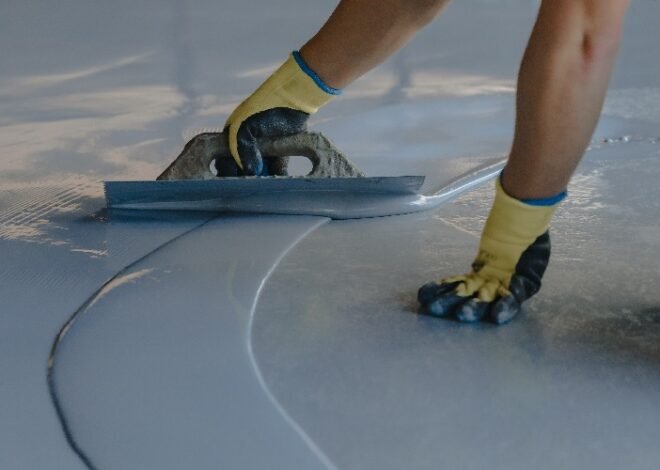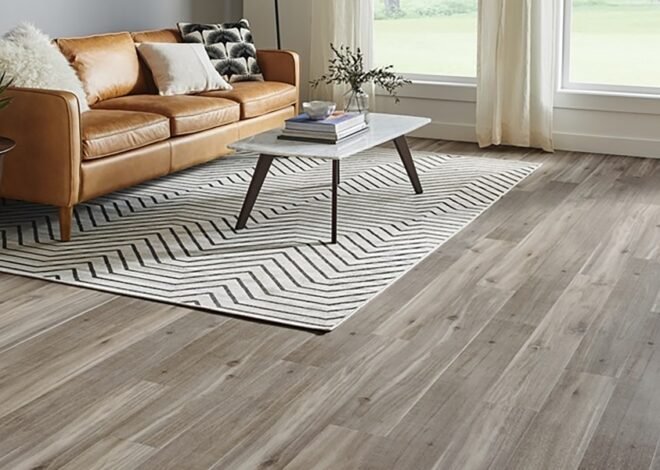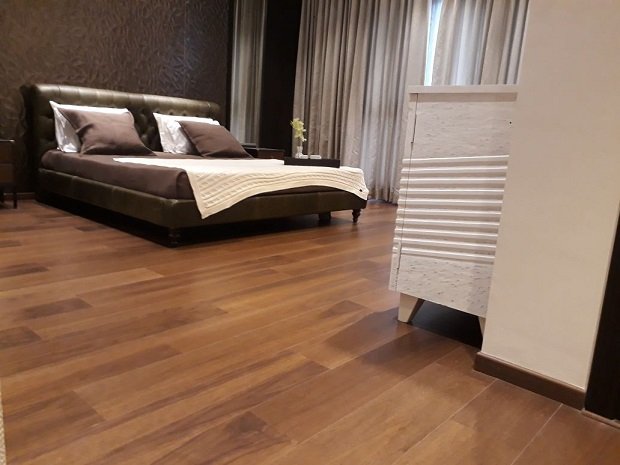
Factors to Consider Before Installing Epoxy Flooring
Epoxy flooring has gained popularity for its durability, aesthetic appeal, and versatility. Before you decide to install epoxy flooring, it’s crucial to consider several factors to ensure it meets your needs and expectations. Here are the key factors to keep in mind:
Surface Preparation
The foundation of a successful epoxy floor is thorough surface preparation. The existing floor must be clean, dry, and free of any grease, oil, or other contaminants. This may involve grinding, shot blasting, or acid etching the surface to ensure proper adhesion. Neglecting this step can lead to peeling and premature failure of the epoxy coating.
Moisture Levels
Epoxy flooring is sensitive to moisture. Before installation, it’s essential to check the moisture levels of the concrete slab. Excessive moisture can prevent the epoxy from bonding correctly and lead to issues like bubbling and blistering. Conducting a moisture test will help you determine if a moisture barrier or additional preparation is necessary.
Temperature and Humidity
The temperature and humidity of the environment where the epoxy is being applied can significantly affect the curing process. Most epoxy products have specific temperature ranges for optimal application. High humidity levels can cause amine blush, a sticky residue on the surface. Ensure the conditions are suitable for the epoxy product you’re using.
Epoxy Type and Quality
Not all epoxy products are created equal. There are different types of epoxy, such as water-based, solvent-based, and 100% solid epoxies. Each has its advantages and is suited for different applications. Research and choose a high-quality epoxy that fits your specific needs, whether it’s for a residential garage, commercial space, or industrial facility.
Thickness and Number of Coats
The thickness of the epoxy coating and the number of coats applied will affect the floor’s durability and appearance. For high-traffic areas or spaces subject to heavy loads, a thicker epoxy coating may be necessary. Multiple coats can enhance the floor’s strength and longevity, but this also increases the installation time and cost.
Aesthetic Preferences
Epoxy flooring offers a wide range of colors, patterns, and finishes, from solid colors to metallic and flake systems. Consider your aesthetic preferences and the overall design of the space when selecting your epoxy flooring. Customization options can enhance the visual appeal but may also impact the cost.
Slip Resistance
Safety is a critical consideration, especially in areas prone to spills or moisture. Epoxy floors can be slippery when wet, so adding a slip-resistant additive to the topcoat can improve traction and reduce the risk of accidents. This is particularly important in commercial kitchens, garages, and industrial settings.
Professional Installation
While DIY epoxy kits are available, professional installation is often recommended for the best results. Experienced installers have the knowledge and tools to properly prepare the surface, apply the epoxy, and address any issues that arise during the process. This can save you time and potential headaches in the long run.
Conclusion
Installing epoxy flooring can be a great investment, providing a durable and attractive surface for various applications.


